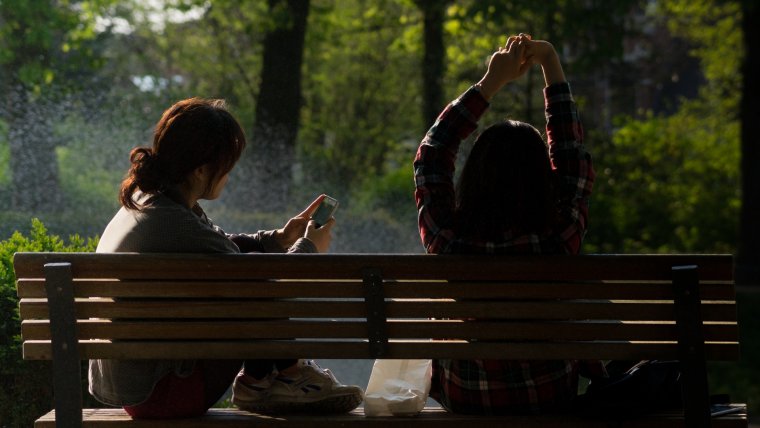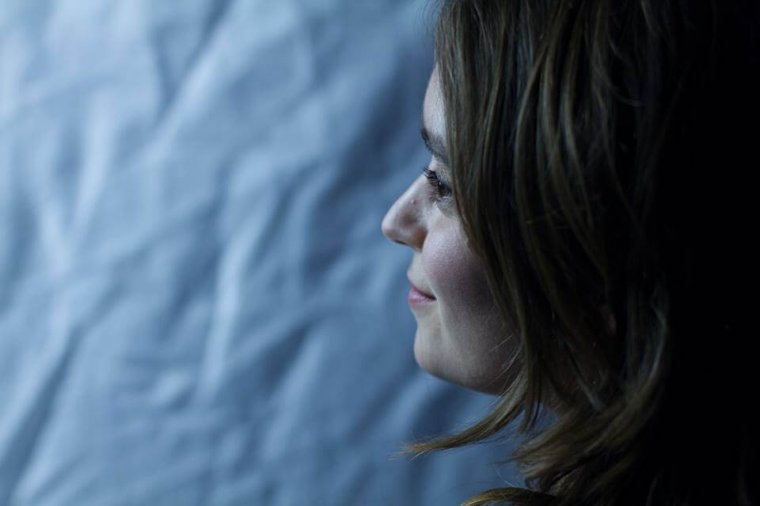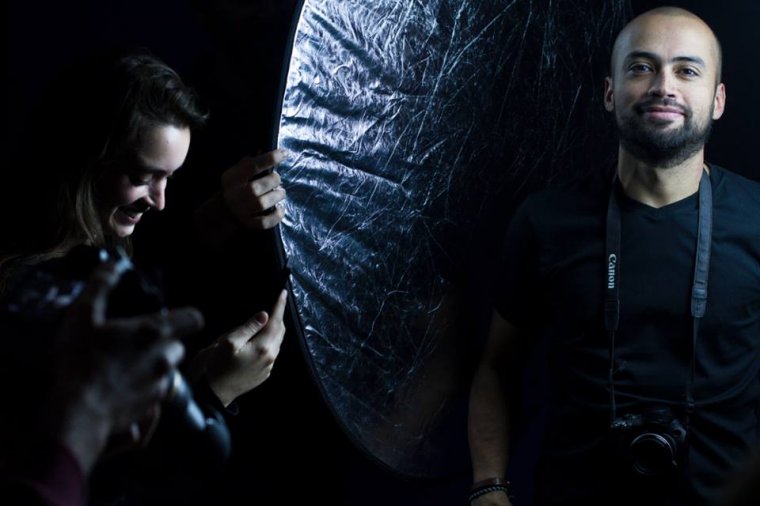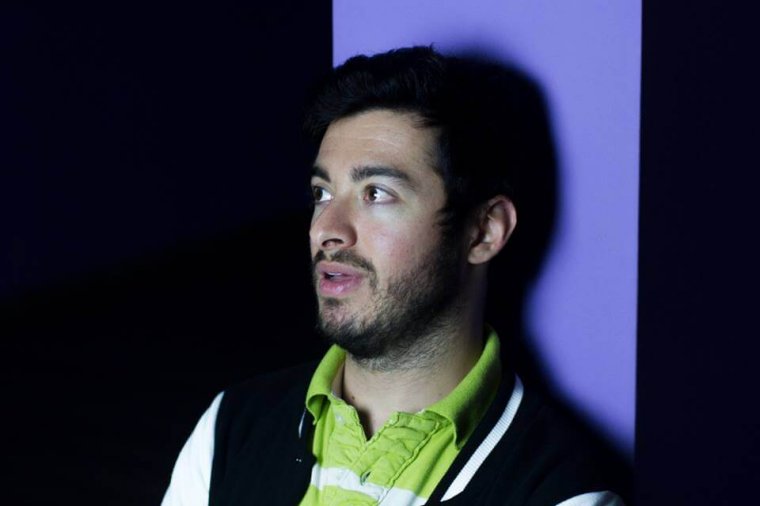
Photographic situations are diverse. From sporadic moments registered instantly to constructed settings with details specified. Whatever it is that moment, what we look is an image that evocates it in one or another way.
However, we often forget that experience is the basis of photography. Images itself tend to disappear through time and now that graphic information is constantly synchronizing it is easier to disappear quickly. Photographs’ lifespan is such a limited time that, in consequence, the broadcasted message can be lost in translation if not properly shared.
So, what is photography about? To us, about experiences. We are eternal defensors of the photographic process. If it is true that images can be constructed in many ways, some easier than others, what gives the experience and enriches the author is the process.

Because of this, we believe there are people who dominate the non-photography art. That previous moment of the graphic realization that generates closeness process that revives different images. As a punctual example: recently we were in a photography class, with a group of students that were supposed to photograph the Diwali, a traditional Indian celebration, which is full of rites, colors, food and some other Bollywood style dance. One of the most frequent questions of the students was: which is the moment to make photos. In this cases, the first advice is always to get close without the camera, enjoy the event, share, become acquainted and talk to people.
This process will not just allow you to enjoy what you are doing but also will give you themes and completely different approaches to what you are thinking on, avoiding those common places images.
It is interesting to compare the results between the ones who get closed without a camera and the ones who used it as a common bridge and the photographed people after this exercises; the first ones get closer images, not in details terms but in contact. It is notable the dialogue and the stablished connection between them.

The non-photography is that space in the photographic space where I am not talking about the camera but I am thinking in images, and this is as important as the image realization. In many different occasions we will meet with those situations in which we are not even close to taking a photo, and if we do not even enjoy the moment without photos, we will end up with nothing.
Therefore, what does non-photography consist on? This is such a complex area as photography itself, because it is related to getting close to the ambiance, however, there exists a few ideas we could punctual in this moment.
First of all, when being in a photographic situation, it is advisable to always frame mentally, looking for light sources that environment our scene. Plus, it is a great exercise for those who are starting learning to mentally frame, as this endow of agility at the moment of making the photo.
The ambiance analysis is also important when you are not making photos. Understanding the relation moment between the people and their environment will give us possible dialogues for the moment of making the photo.

The direct dialogue with the photographed people, help us many times to find those people love aspects that will provide a different perspective to the images we will produce. Evidently, this is not the only viable method but is an option to consider.
Although it is not always kept in mind, the previous investigation also has an important role in this non-photography process. The depth of the research will also provide perspective on the photographic piece. It is not just about documental pieces, in the argumental area, but the research is also fundamental to have more elements to count with in the images.
Ultimately, and a generalized recommendation in our articles the most important is to enjoy the moment that is the center of the non-photography moment, to have the limit. Here is where our personal growth starts, and seem to us, is more important than the photographic development.
Although we see the world through the photographer’s eyes, we are people. Our personal look is fundamental to construct reality from a particular perspective summation.
Comments (0)
There are no comments yet.